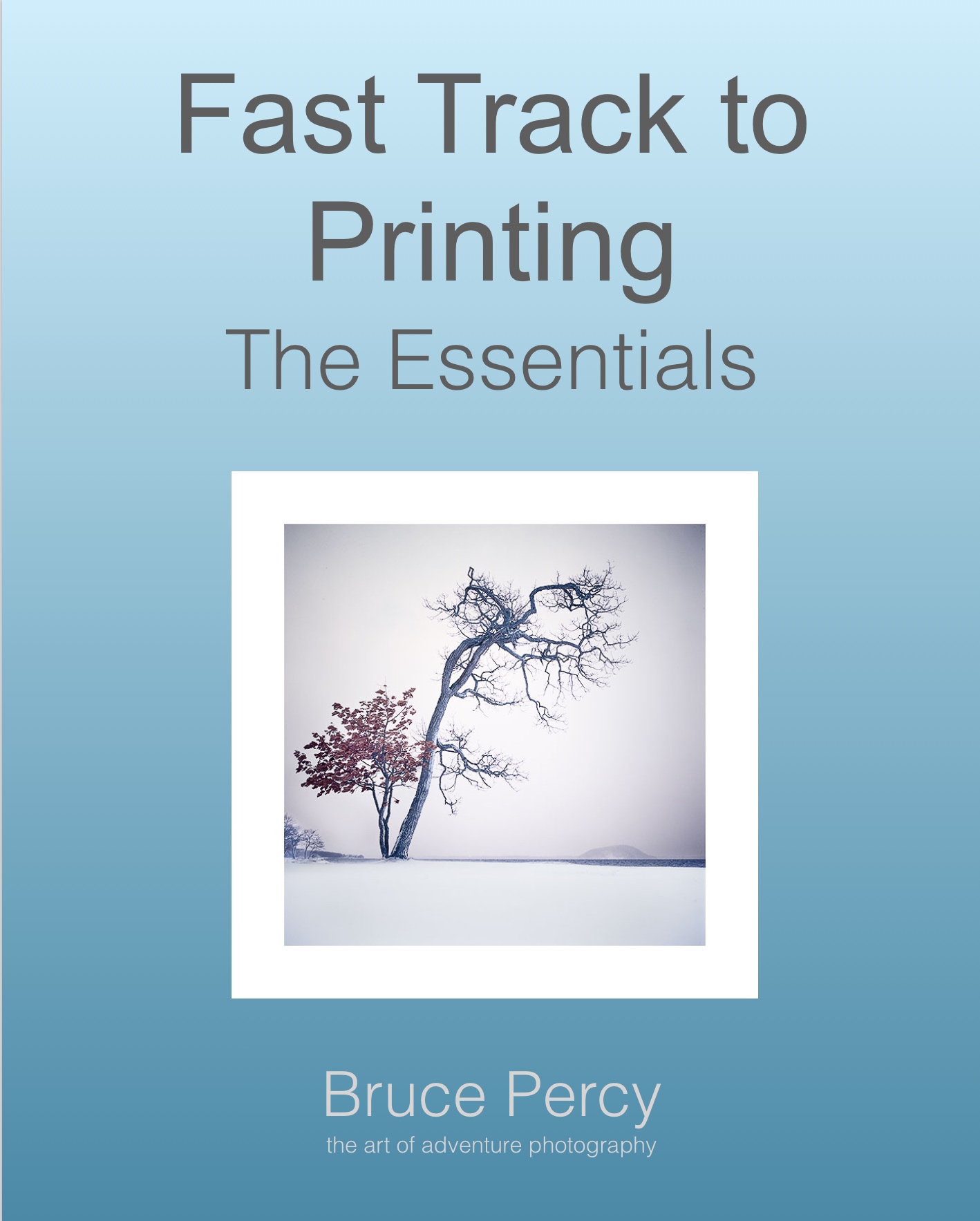Back in the days when I didn’t print, and asked a pro lab to do it for me, I always had a nagging feeling that I’d lost control of my baby.
I’m a self-confessed control freak when it comes to what I do. A few days ago I wrote a blog post about appetite because I think I know appetite well: whatever I get into, I never seem to get into it in half measures.
Knowing this about me, you may be surprised to find out that at the beginning of my photographic journey, I often got my images printed by a lab. Indeed, I only started printing about 10 years ago.
For a long time I shied away from tackling what seemed like a formidable mountain because colour management was like a black art to me.
So I stayed away.
I’ve been extremely fortunate to have this blog. It has allowed me to meet people who have helped me and I put out a request about a decade ago for some help and suggestions about printing. Not one person left an entry on the blog, but instead chose to email me privately about it. The emails usually had this format to them:
“I don’t want to get flamed for my opinion, but this is how I do printing”.
It seemed that printing was a religion and to say you had a different way of doing it to someone else’s way was often contentious. A point of view is just that, and yet I am often surprised that we feel threatened when someone has a different view from ourselves.
Well, I welcomed the input but the message I got from the replies was this: everyone has their own way of working.
I doubt things have changed much in that regard over the past decade. There is still a lot of ways you can slice an onion, and there is always going to be a huge amount of fact vs personal preference.
So it’s now a decade further on, and I feel I know a thing or two about printing now. Indeed, I feel that everyone who loves photography should print. For one very simple reason: to validate your edits.
Even with a well calibrated and profiled computer monitor, I have learned that I cannot 100% trust it. I think it has something to do with how the eye interprets transmitted light compared to reflected light.
The fact is: I often notice areas that need further work when I study a printed version of an image. Stranger still, I often find that once I notice the error on the print, I can now see it on the monitor also. But the opposite is not true.
So printing is your last verification stage, and to paraphrase the wonderful Charlie Cramer :
“images that look good on a computer monitor aren’t guaranteed to look good in print,
but good prints are guaranteed to look good on a computer monitor”
Well, the issue for most who don’t print is: how to get started? It seems like such a black art. Yes, it is difficult to get started. There is so much contradictory advice out there. There is no one single way to do this correctly (even if I think my process is good).
I think this is why I’ve chosen to attempt to write an ebook about it. If I can reduce the information down to what you need, rather than getting too lost in the technology, then maybe I might be able to help you get a head start with this. I’ll see how it goes, but so far I’m feeling good about how much I’ve written. I think it’s coming together really well.



















